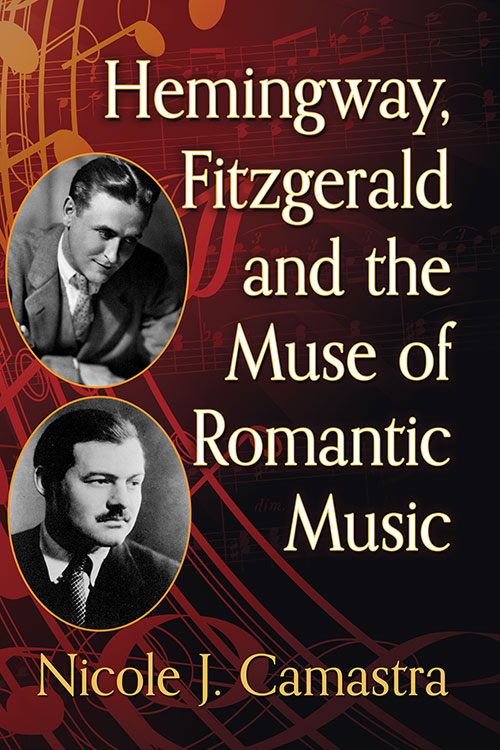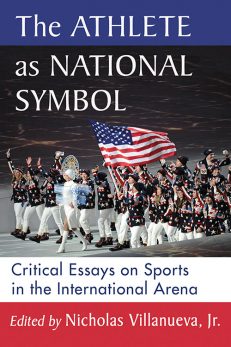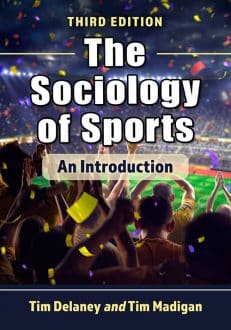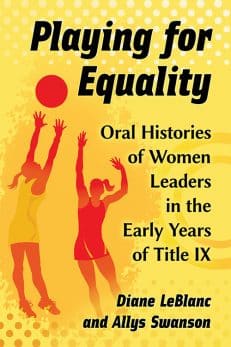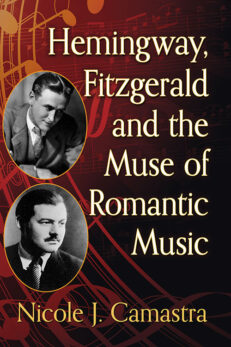Hemingway, Fitzgerald and the Muse of Romantic Music
$75.00
In stock
About the Book
Both Ernest Hemingway and F. Scott Fitzgerald grew up in the Midwest and were strongly influenced by Romantic music, anchored by the aesthetic tastes of the German immigrants who settled across that region. Hemingway’s ear for form and Fitzgerald’s penchant for lyricism stem from early and frequent exposure to such masters as Johannes Brahms and Franz Schubert. Nostalgia is typically associated with romanticism, and the acoustic longing found in Hemingway and Fitzgerald’s fiction resonates with it, characterized in the narrative voices in Hemingway’s Winner Take Nothing, Fitzgerald’s Tender Is the Night, and other of their fiction from the early thirties. Understanding that each writer has his own kind of musical biography charts new ways to read material we already think we know. Reading their work within a musico-historical context means acknowledging it as an extension of the 19th century; it means reading them as Romantic Modernists.
This work reads each author’s prose musically, considering how Romantic music inspired their craft and distinguished their work through the pivotal juncture of the early to mid–1930s, when each man faced an artistic crisis of conscience. Initial chapters provide background information in music history. Following chapters focus on how the life of each author was shaped by music and how they worked with specific influences that grew out of steady interactions with it, evidence of which is found in archival documents and collections.
About the Author(s)
Bibliographic Details
Nicole J. Camastra
Format: softcover (6 x 9)
Pages: 201
Bibliographic Info: glossary, notes, bibliography, index
Copyright Date: 2024
pISBN: 978-1-4766-9016-2
eISBN: 978-1-4766-5171-2
Imprint: McFarland
Table of Contents
Preface 1
Introduction: Romantic Modernists 5
1. Musical Romanticism 17
2. Ernest Hemingway Developing Variations 27
3. An Étude: Winner Take Nothing 45
4. Magnum Opus: The Polyphony of Prose in “The Snows of Kilimanjaro” 64
5. F. Scott Fitzgerald, Prince of Song 80
6. Art Song: Tender Is the Night 97
7. Swan Song: Romantic Pathos and Autobiography in “I’d Die for You” and Other Late Work 118
8. Recapitulation 139
Coda 148
Glossary 151
Chapter Notes 159
Bibliography 177
Index 187
Book Reviews & Awards
• “Countless studies have examined the influence of modernist art on Ernest Hemingway’s style or the place of jazz in F. Scott Fitzgerald’s fiction, but Nicole J. Camastra’s work examines the underappreciated influence of Western classical music on both authors’ aesthetics. Specifically, Camastra explores how in a period of artistic crisis in the 1930s Hemingway and Fitzgerald both incorporated Romantic musical idioms and analogues to retune their modernist ideals. Rich in music theory but always accessible, this work dramatizes the harmony between the aural and print world, allowing unrecognized correspondences between two arts to sing forth.”—Kirk Curnutt, executive director, the F. Scott Fitzgerald Society
• “Dr. Camastra’s remarkable study of the unsuspected depth and breadth of classical music’s influence on the prose of Hemingway and Fitzgerald is interdisciplinary scholarship of the finest sort. After reviewing all-too-familiar claims linking their prose with the advent of jazz, she methodically lays the groundwork for a series of counterclaims for classical music’s larger and longer inspiration. In fascinating ways, the book itself becomes symphonic as she turns biographical information, styles of Romantic music, the experiments of musical modernism, the varying musicalities of prose, and the quasi-musical composition of individual works into a web of interpretive themes. This book is an invitation to return to celebrated masterworks with an ear newly attuned to the musical possibilities of prose.”—David Haas, professor of music, University of Georgia
• “An important contribution for specialists in Hemingway, Fitzgerald, and the Jazz Age. Historians of popular music will also find it invaluable, especially those in American Studies.”—Mark P. Ott, general editor of the Teaching Hemingway Series

